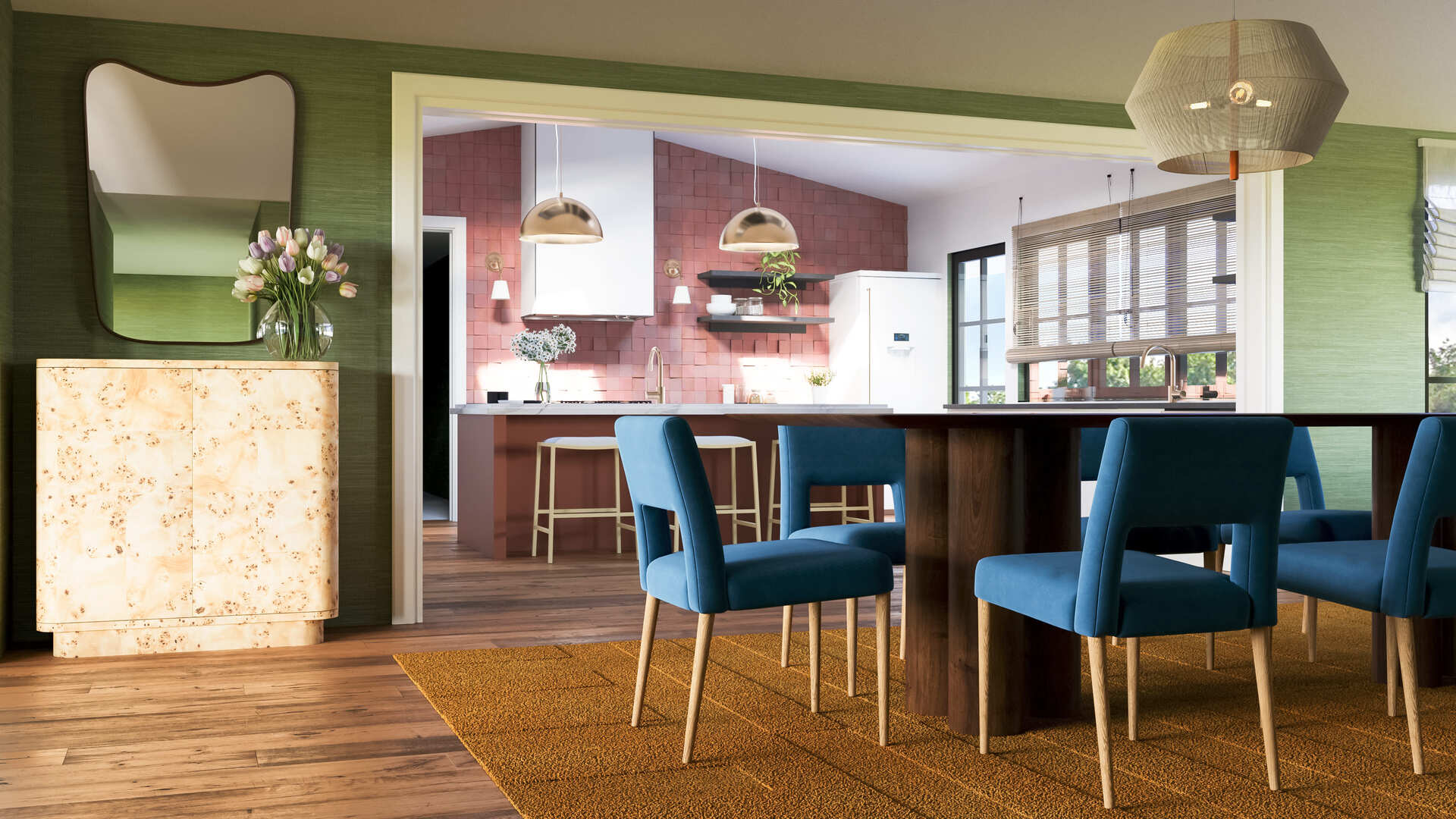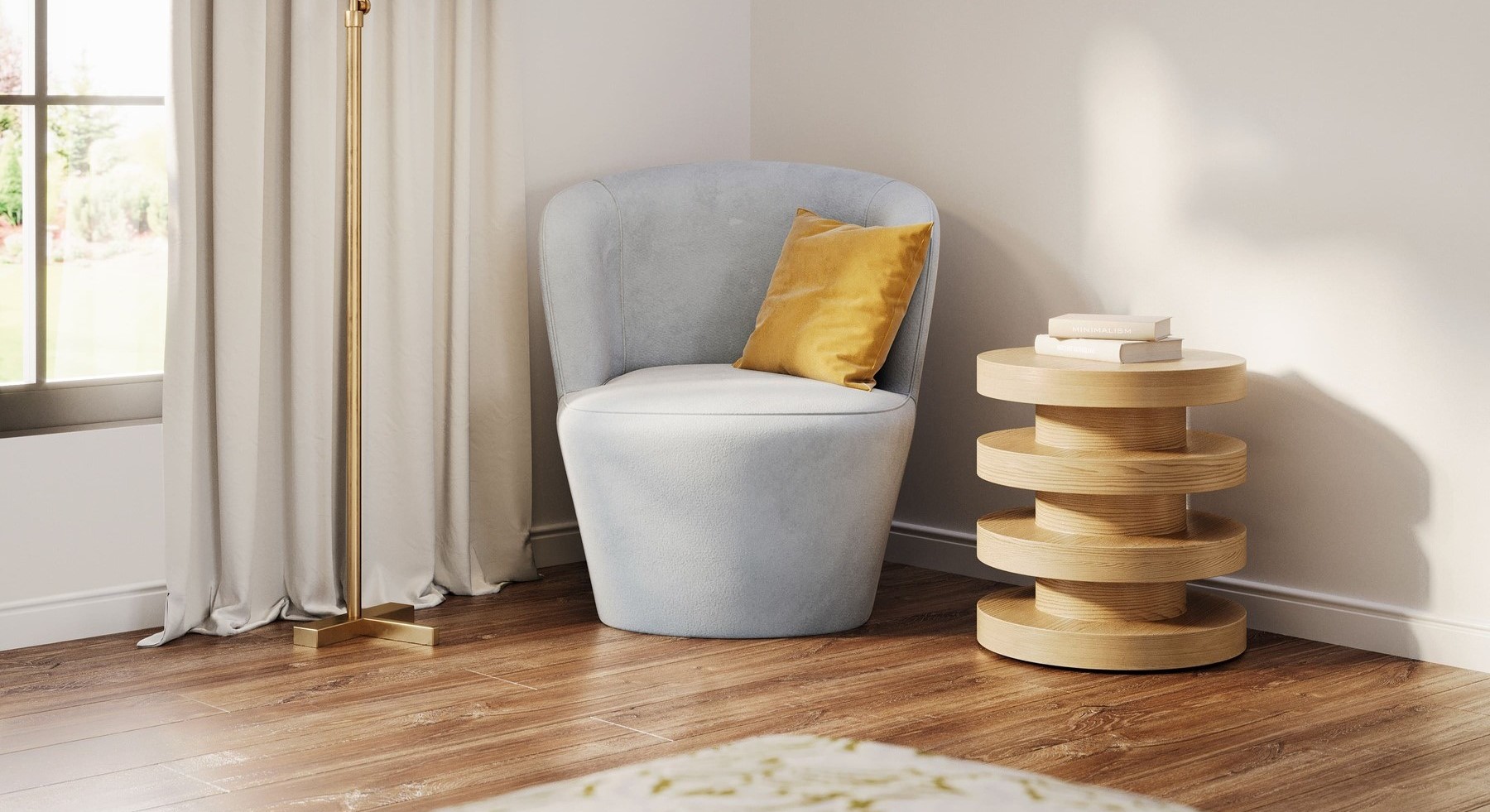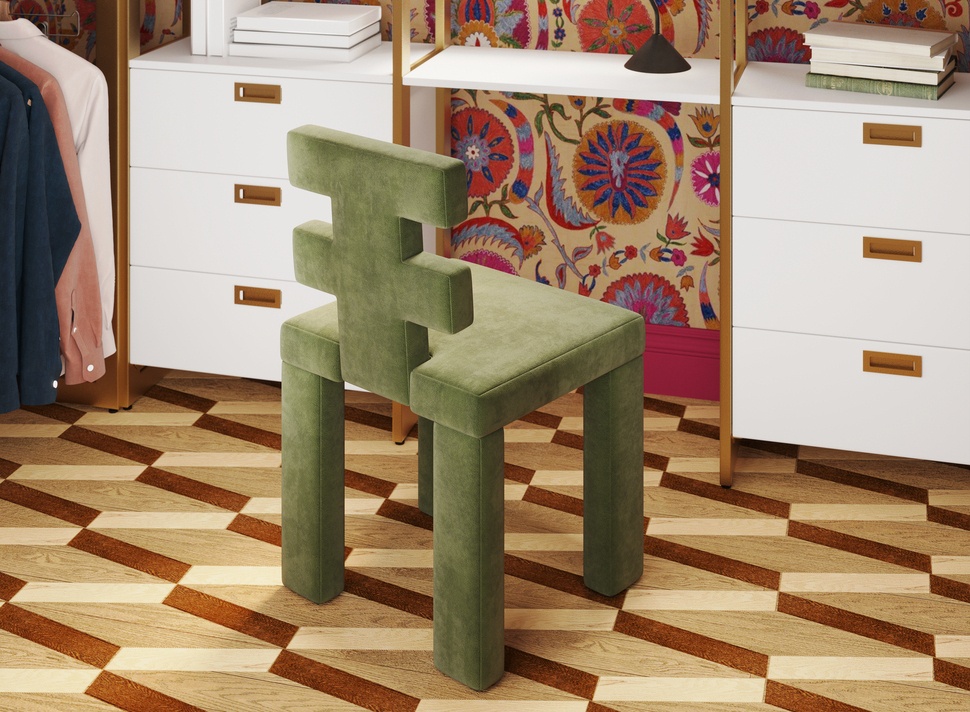Interactive 3D Models in WebAR: The Next Big Thing in eCommerce
In the ever-evolving landscape of eCommerce, integrating Web-based Augmented Reality (WebAR) with interactive AR 3D models stands at the forefront of innovation, promising to redefine the online shopping experience. This article delves into the synergy between WebAR and 3D Modeling, exploring how this technology enhances the digital marketplace by offering consumers an immersive and interactive view of products. Through a detailed examination of the benefits and implementation strategies, we aim to comprehensively understand the transformative potential of WebAR 3D models in eCommerce.
Introduction to WebAR and 3D Modeling in eCommerce
WebAR refers to augmented reality experiences accessible through a web browser, eliminating users' need to download specialized apps. This accessibility significantly broadens the potential user base, as consumers can instantly engage with AR experiences directly from their smartphones or tablets. When combined with 3D Modeling, WebAR enables online shoppers to visualize products in their environment, providing a tangible sense of scale, design, and functionality that traditional 2D images cannot match.

Image from Yousee Studio
The role of 3D models in eCommerce has been steadily growing, driven by advances in 3D rendering technologies and the increasing demand for more interactive and engaging online shopping experiences. These models allow consumers to explore products from every angle, customize features in real time, and understand the intricacies of product design with unprecedented clarity. The integration of these models into WebAR platforms represents a natural progression, leveraging the immersive capabilities of AR to elevate the utility and appeal of 3D product visualizations.
This technological convergence is not just a novelty; it's a response to the evolving expectations of digital consumers who seek more interactive and informative online shopping experiences. Retailers adopting WebAR 3D models are not only enhancing their online presence. Still, they are also setting new standards in consumer engagement, paving the way for a more dynamic and interactive eCommerce ecosystem.
Benefits of Interactive 3D Models in WebAR for eCommerce
Enhancing Customer Engagement and Understanding
Introducing interactive 3D models in WebAR has significantly enhanced customer engagement by transforming passive online browsing into an active and immersive experience. Consumers can now interact with products in a virtual space, manipulating them to view different angles, configurations, and customizations. This level of interaction fosters a deeper connection between the consumer and the product, as it mimics the tactile engagement of in-store shopping, thereby enriching the online shopping journey.
Moreover, the use of AR 3D models aids in bridging the 'imagination gap' that often hampers online shopping. Consumers can project virtual representations of products into their real-world environment, seeing firsthand how a piece of furniture would fit in their living room or how a lamp would look on their bedside table. This practical visualization aids in decision-making, clearly understanding the product's aesthetics and functionality within the context of the consumer's personal space.
Reducing Return Rates Through Better Product Visualization
One of the persistent challenges in eCommerce is the high rate of product returns, often resulting from discrepancies between the online representation of a product and its physical reality—interactive 3D models in WebAR address this issue head-on by offering highly accurate and detailed visualizations of products. Consumers gain a comprehensive understanding of what they are purchasing, leading to more informed decisions and, consequently, higher satisfaction levels.
Visualizing products in AR also allows consumers to assess not just the look but the fit and scale of products, which are common concerns in categories like furniture, home decor, and fashion. By providing a more accurate representation of products, WebAR 3D models significantly reduce the likelihood of returns due to unmet expectations, thereby saving costs for retailers and enhancing consumer trust in the brand.
Implementing Interactive 3D Models in WebAR
Implementing interactive 3D models in WebAR within eCommerce platforms marks a significant leap towards immersive digital shopping experiences. This integration process, while transformative, involves a series of technical considerations and strategic planning to ensure seamless operation and optimal user engagement.
Technical Considerations and Best Practices
The foundation of implementing WebAR with 3D models lies in creating high-quality, optimized 3D assets. These models must be detailed enough to provide a realistic and engaging user experience yet sufficiently optimized to ensure fast loading times and smooth interaction, even on mobile devices with limited processing power. Utilizing technologies such as WebGL and WebXR, developers can create immersive AR experiences directly within web browsers, bypassing the need for additional downloads or applications, thereby lowering the barrier to entry for users.

Image from Yousee Studio
Moreover, the user interface (UI) and user experience (UX) design play pivotal roles in successfully adopting WebAR in eCommerce. The UI must be intuitive, guiding users from traditional product pages to immersive 3D and AR views. Clear instructions and visual cues help first-time users navigate these interactive experiences without confusion. Meanwhile, the UX should be crafted to ensure a seamless transition into and out of the AR experience, maintaining engagement and preventing frustration due to technical glitches or intuitiveunintuitive controls.
Integration Strategies for eCommerce Platforms
Integrating WebAR and 3D models into existing eCommerce platforms requires a strategic approach that aligns with the overall business objectives and customer journey. Retailers must decide on the extent of WebAR integration, which could range from selective enhancement of flagship products to a comprehensive overhaul of all product presentations. Pilot programs targeting specific product lines or categories can provide valuable insights into user engagement and ROI, informing broader implementation strategies.
Collaboration with technology providers specializing in WebAR and 3D Modeling can accelerate the integration process, leveraging their expertise to navigate technical challenges and optimize the user experience. These partnerships can also provide access to advanced analytics tools, enabling retailers to track user interactions with 3D models and AR experiences, gather feedback, and continuously refine the implementation based on real-world usage data.
Challenges and Solutions in WebAR Adoption
Despite the promising potential of WebAR in eCommerce, its widespread adoption faces several challenges, ranging from technical limitations to user accessibility concerns. Addressing these challenges is crucial for businesses to leverage the benefits of WebAR and interactive 3D models fully.
Addressing Technical Limitations and User Accessibility
One of the primary challenges in WebAR adoption is ensuring consistent performance across the diverse ecosystem of devices and web browsers used by consumers. The variability in hardware capabilities, internet speeds, and browser support can lead to inconsistent user experiences, potentially diminishing the perceived value of WebAR features. To mitigate these issues, developers must prioritize cross-platform compatibility and responsive design, ensuring that WebAR experiences are accessible and functional on various devices, from high-end smartphones to more modestly equipped models.
Furthermore, user accessibility extends beyond mere technical compatibility. The intuitive design of WebAR experiences is essential to cater to users with varying levels of tech-savviness. Simplifying the entry into AR experiences, providing clear instructions, and minimizing the need for complex interactions can enhance accessibility, encouraging broader user engagement.
Overcoming Barriers to Widespread Adoption in eCommerce
Beyond technical and accessibility challenges, the widespread adoption of WebAR in eCommerce also hinges on demonstrating clear value to retailers and consumers. Retailers must be convinced of the ROI that WebAR and 3D models can bring regarding increased engagement, higher conversion rates, and reduced return rates. Success stories and case studies from early adopters can serve as powerful testimonials, showcasing the tangible benefits of WebAR integration.
On the consumer side, education and awareness are crucial to fostering adoption. Many users may need to be made aware of the capabilities of WebAR or how to access these features within their shopping journey. Marketing campaigns, tutorials, and in-platform prompts can familiarize users with WebAR, highlighting its benefits and how to use it effectively.
Conclusion: The Impact of WebAR 3D Models on eCommerce
The advent of WebAR 3D models in the eCommerce sector signifies a pivotal transformation, heralding a new era where immersive and interactive digital experiences become the norm rather than the exception. This integration of cutting-edge technology not only elevates the online shopping experience to unprecedented levels but also sets a new benchmark for consumer engagement and satisfaction. As we reflect on the journey of WebAR 3D models from a novel concept to a strategic eCommerce asset, it's clear that their impact extends far beyond mere visual enhancement.
The actual value of WebAR 3D models lies in their ability to bridge the gap between the physical and digital realms, offering consumers a tangible sense of the products they are interested in. This leap in product visualization and interaction fundamentally alters the decision-making process, empowering consumers with a deeper understanding and confidence in their purchases. The immersive nature of WebAR and the detailed intricacy of 3D models provide a virtual try-before-you-buy experience that was once the exclusive domain of physical retail.
Moreover, the strategic implementation of these technologies addresses some of the most pressing challenges in eCommerce, notably the high incidence of product returns and the often impersonal nature of online shopping. WebAR 3D models significantly reduce the uncertainty and discrepancy between online images and the actual product by offering lifelike product representations that users can explore and interact with within their own space. This diminishes return rates and fosters a stronger emotional connection between the consumer and the product, enhancing brand loyalty and consumer trust.

Image from Yousee Studio
The competitive advantage conferred by WebAR 3D models cannot be overstated. In an increasingly crowded digital marketplace, retailers who harness this technology stand out, offering a novel and engaging shopping experience that captures the imagination of the modern consumer. This differentiation is crucial in attracting and retaining customers, driving sales, and building a strong, recognizable brand in the digital age.
Looking ahead, the impact of WebAR 3D models on eCommerce is poised to grow as technology advances and consumer expectations evolve. The ongoing development of WebAR and 3D modeling technologies promises even more seamless, realistic, and engaging shopping experiences. As these technologies become more accessible and widespread, their integration into eCommerce platforms will likely transition from a competitive advantage to an industry standard, reshaping the landscape of online retail.
Contact us at YouSee Studio for captivating 3D renderings and immersive virtual experiences.
Ray Lisbon is a content writer and the author of this article.



